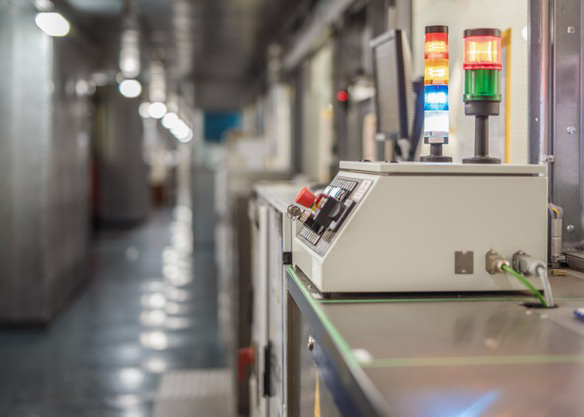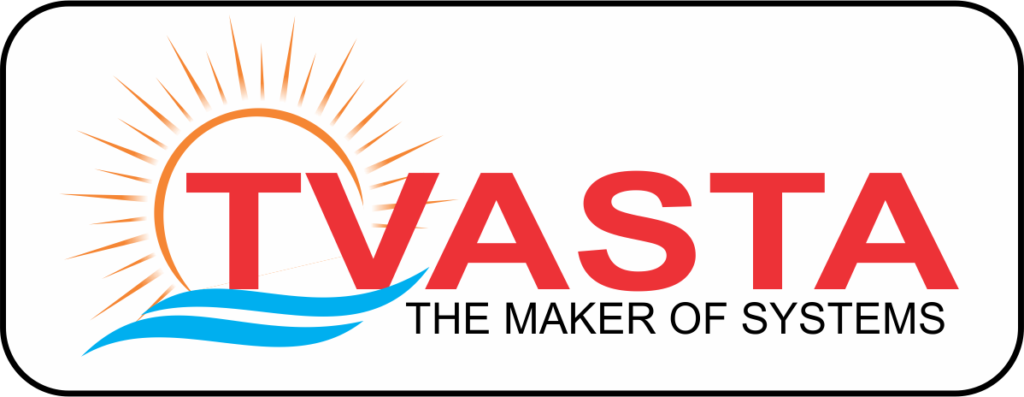TVASTA AUTOMATION PANELS AND SPMs
Automation panels integrate the capabilities of a programmable controller and an operator interface into a single piece of equipment. They’ve been on the market for roughly 15 years. Many early units consisted of nothing more than OI panels with some local IO, ladder logic, and a flat database.
Automation panels, such as GE’s QuickPanel, combine the controller, operator interface, and remote connectivity into a single device, lowering hardware expenses.
PAC controllers having a built-in operator interface, rather than just an operator interface that provides control, maybe a more appropriate description of these panels. OEMs can purchase a remote security software package from Secomea for the QuickPanel+ that allows them to securely access the panel over the internet via the customer’s network, without the need for a separate security router. Cost reductions, easier maintenance, and increased performance are all benefits of this reduced architecture.
Automation panels can also help you save money on software development. Many automation vendors advertise the advantages of a shared database between the PAC and the OI panel, however, if these are different devices, they will still have separate databases at runtime. This implies you must download to both devices each time you add a variable. You’ll have communication issues and even unexpected operations if the controller and OI are out of sync. A single database, a single programming environment, and a single library for reusable objects are used by automation panels.

A Programmable Logic Controller (PLC) or programmable controller is a computer-like device that controls equipment in an industrial facility. PLCs may control a wide range of equipment, much like industrial facilities themselves. Utility plants, batch control applications, chemical processing, conveyor systems, food processing machines, car assembly lines, and so on…you name it, and a PLC is probably operating it somewhere.

Simple, manually linked leak test fixtures to fully mechanised, robotic, and high-speed production leak test facilities have all been used in these systems. The demands of the customer are prioritised, and each leak testing solution is tailored to meet those demands. TQC, based in Nottingham, UK, designs and develops leak testing equipment for the global industrial industry.

Your assembly and fabrication operations will benefit from tvasta workstations since they will increase productivity and save expenses. You may avoid the reaching, stooping, and straining that might cause health problems by bringing the task to the operator. Tvasta bespoke assembly workstations may be customised to operate with your current machines and equipment. With our workstation components, you may design custom adjustable height tables, workbenches, and desks for your assembly operations.

The UTM 4000 Universal Hydraulic Tensile Test Machine is used to determine structural properties such as yield strength and tensile strength in ferrous materials. Universal Test Machines can be used for compression testing in addition to tensile testing, depending on the machine’s capabilities.
